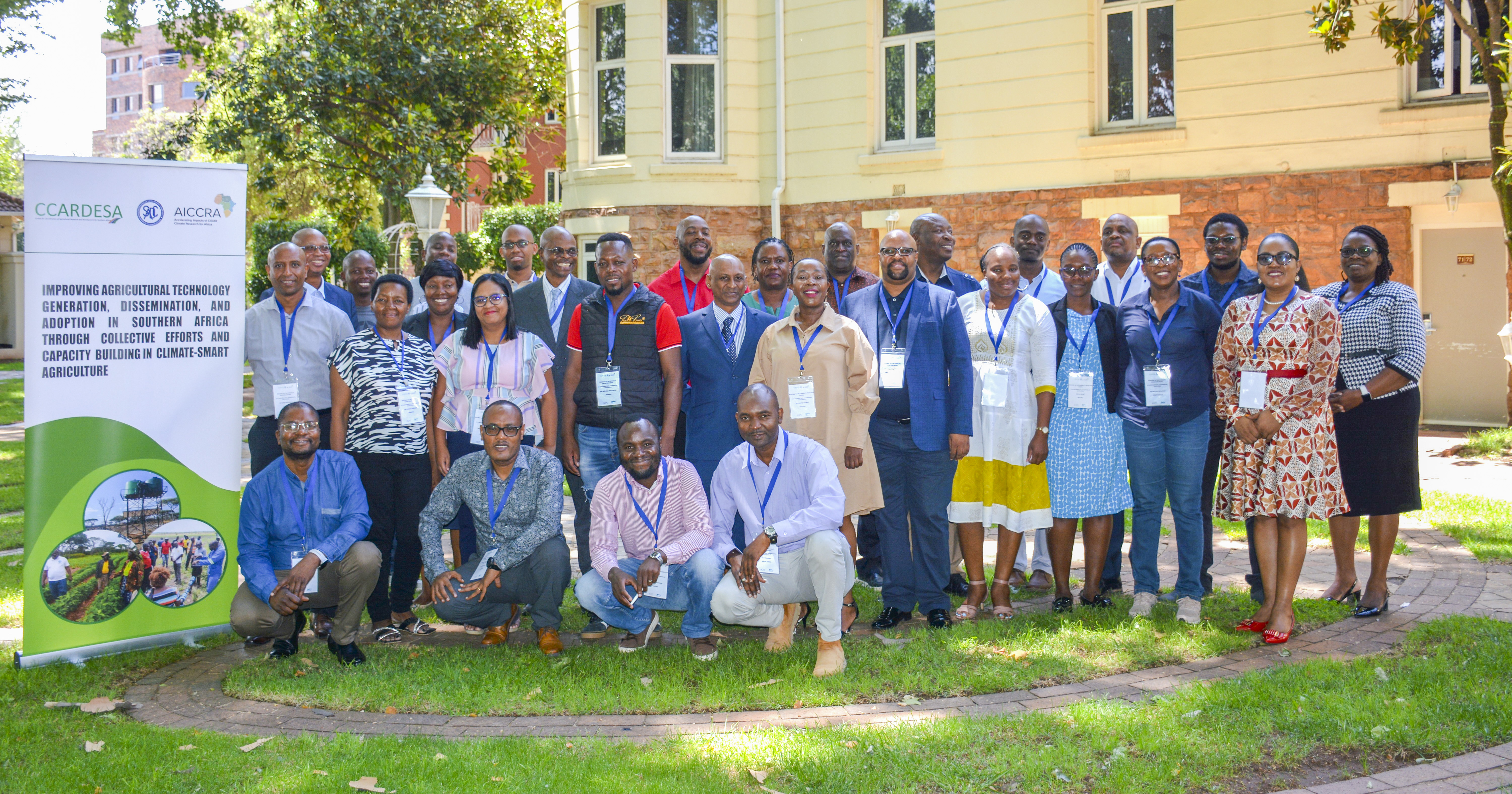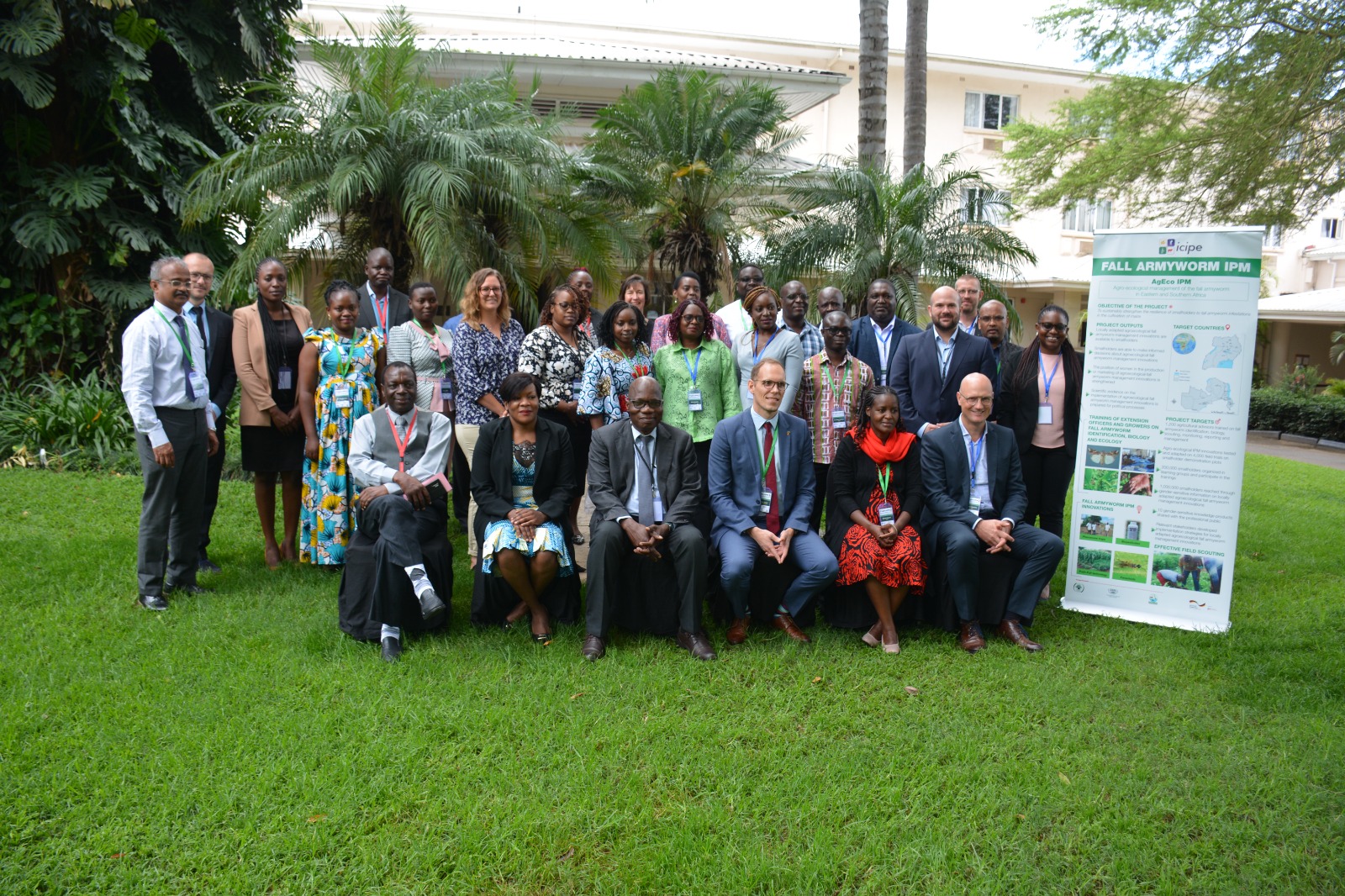Indigenous Knowledge System Weather Forecasts as a Climate Change Adaptation Strategy in Smallholder Farming Systems of Zimbabwe: Case Study of Murehwa, Tsholotsho and Chiredzi Districts.
The smallholder sector is vulnerable to climate change due to its reliance on rainfed agriculture and has the least ability to adapt. Based on appropriate weather forecasts, farmers can mitigate and adapt to climate change through sound crop management decisions. A study was conducted to explore indigenous knowledge system (IKS) weather forecasts as a climate change adaptation strategy in smallholder farming systems of Zimbabwe. Eighty six farmers from three agro-ecological regions with different agricultural potential and cultural backgrounds were involved in the study. Questionnaires and focus group discussions were used to collect data on climate change perceptions, access and interpretation of meteorological forecasts and IKS weather indicators and their use in crop production. Most farmers (93%) believed that there is climate change, citing low rainfall, late rains and rising temperatures as some of the indicators. Sixty five percent of farmers had access to and can interpret the meteorological forecasts disseminated through print and electronic media, though arguing that the forecasts are not timely disseminated. Sixty seven percent of the respondents were using IKS weather indicators such as wild fruits, trees, worms and wind for predicting seasonal quality in addition to meteorological forecasts. Basing on IKS forecasts, farmers are changing varieties, staggering planting dates, varying fertilizer rates and cropping land area. The study showed that IKS forecasts indicators are different in the three agro-ecological regions, are being used by farmers in making farming decisions and if properly documented, disseminated and integrated with scientific seasonal climate forecasts can be used as a climate change adaptation strategy.
Indigenous Knowledge Systems
Metrological Predictions
Seasonal Climate Forecasts
Smallholder Farming
African Journal of Agricultural Research, Gwatibaya S., Kasasa P., Mavima G. A., Musiyiwa K., Rusere F., Soropa G., 2015. Zimbabwe













